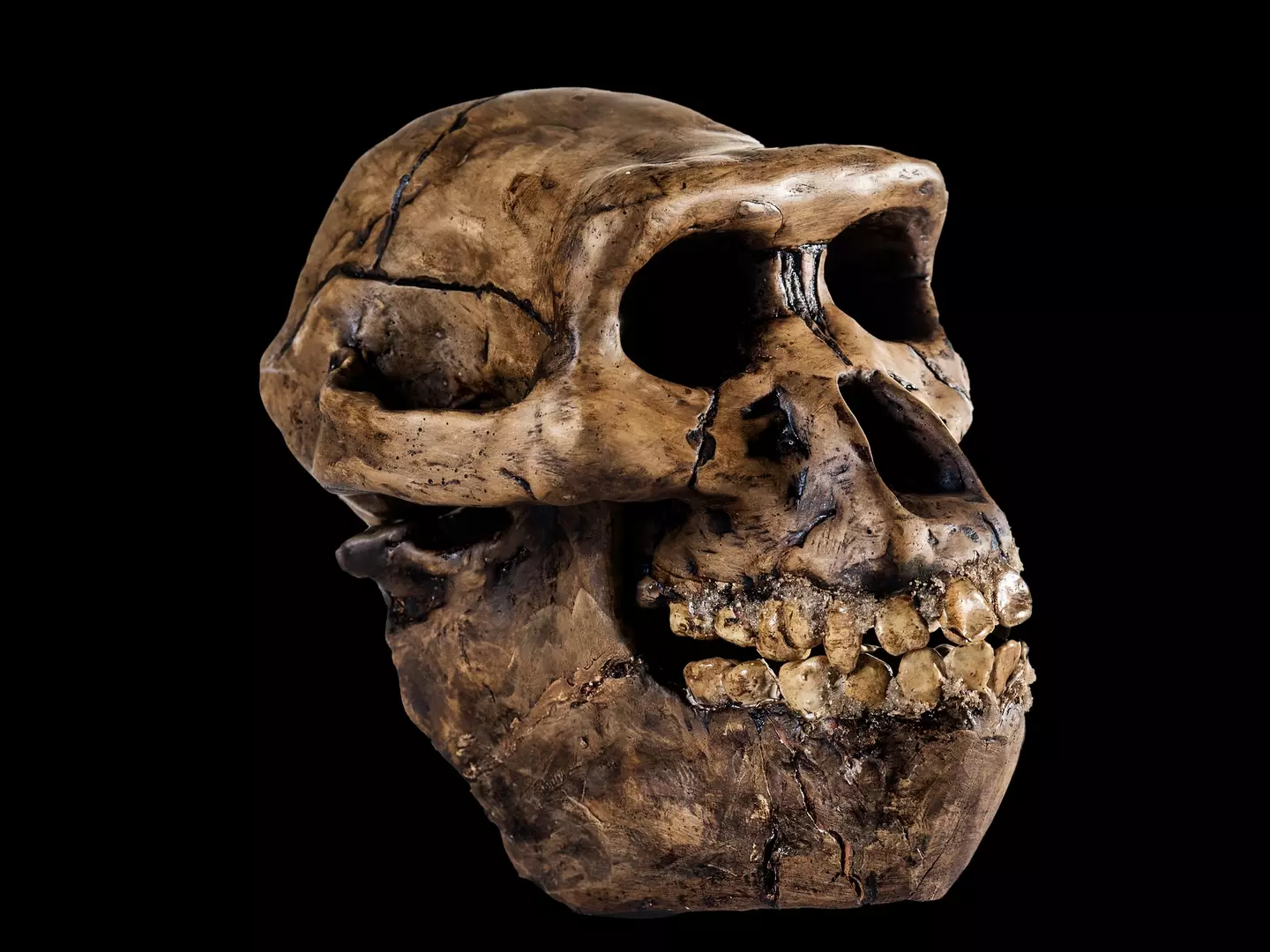
Scientists believe modern humans and Neanderthals may have been creating offspring much earlier and more frequently than previous studies suggest.
According to the National Human Genome Research Institute, a human’s genome consists of 23 pairs of chromosomes located in the cell nucleus, as well as a chromosome in the cell’s mitochondria.
Therefore, the DNA pool contains everything an individual needs to develop and function as an adult.
Advert

In 2010, experts began exploring modern human genomes and discovered genomes from Neanderthals were present, as per IFL Science.
The working theory was that there had been some sexual contact between these ancient humans and now new research has cemented this idea further.
In a paper recently published in Science, researchers admitted they’d turned the 2010 study on its head by looking into how many modern human genes were present in the Neanderthal genome.
Advert
Results claimed that these ancient beings inherited as much as 10 percent of the modern human genome, thus further proving the pair had mingled in the past.
The study, spearheaded by Princeton University geneticist Joshua Akey, has been analyzing genomes in the hopes of discovering exactly when modern humans and Neanderthals began mingling.
The research saw the group study 2,000 living human genomes as well as three from Neanderthals and one Denisovan genome over 200,000 years.
According to the report, they found that modern Homo sapiens and Neanderthals began producing offspring between 200,000 and 250,000 years ago and that the dalliances were repeated 105,000 to 120,000 years ago and again around 50,000 to 60,000 years ago.
Advert
That means modern-day humans traipsed from Africa to Europe to mate more times than was previously thought, says Akey.
“We now know that for the vast majority of human history, we've had a history of contact between modern humans and Neanderthals.
“To me, this story is about dispersal, that modern humans have been moving around and encountering Neanderthals and Denisovans much more than we previously recognized.”
To come to this conclusion, scientists studied the flow of genetic information over 200,000 years and discovered 2.5-3.7 percent of human ancestry present in Neanderthal DNA.
Advert

The study concludes that modern-day humans arrived in Europe from Africa to breed with Neanderthals around 200,000 years ago and later their genomes were likely assimilated into the Neanderthal populations.
“This is the first time that geneticists have identified multiple waves of modern human-Neanderthal admixture,” said Liming Li, a professor in the Department of Medical Genetics and Developmental Biology at Southeast University in Nanjing, China.
You can read the newly published study on gene flow between Neanderthals and modern humans here.
